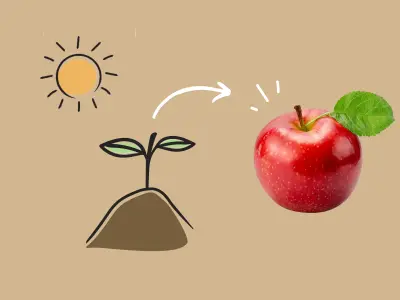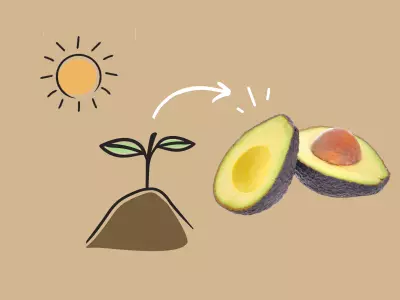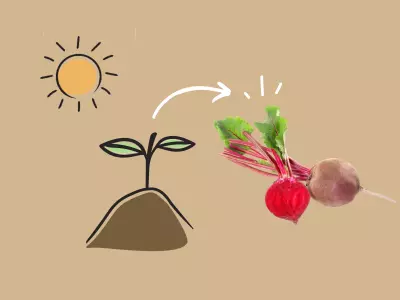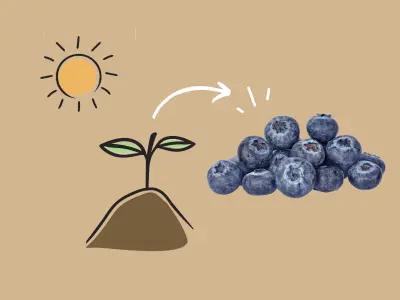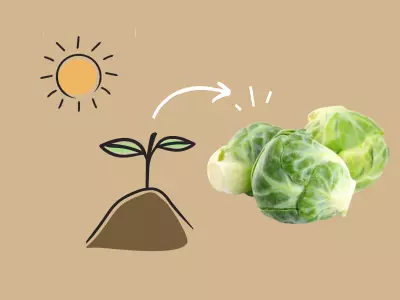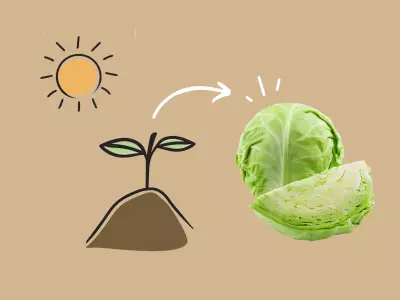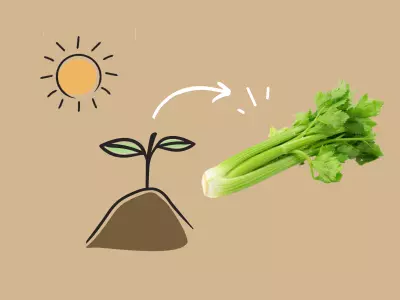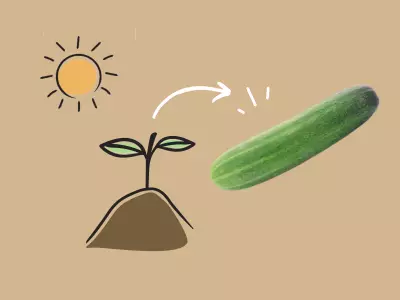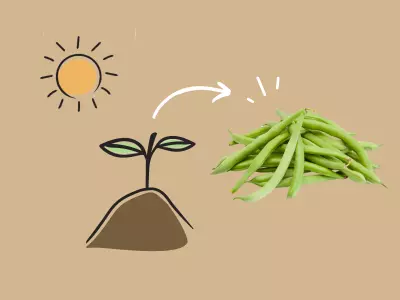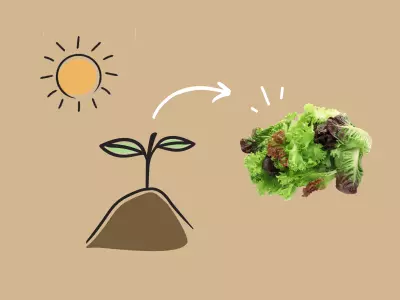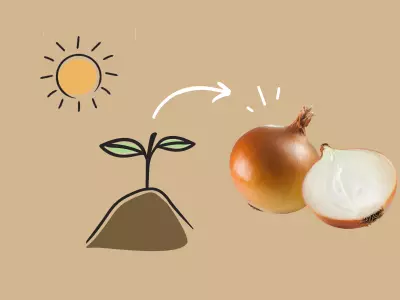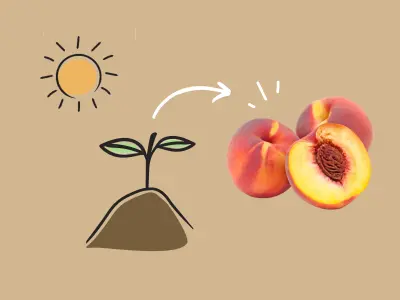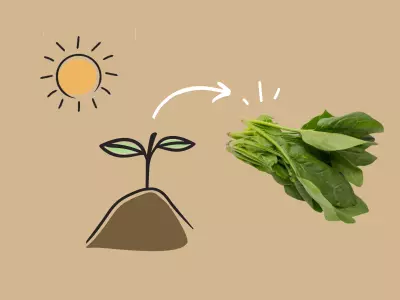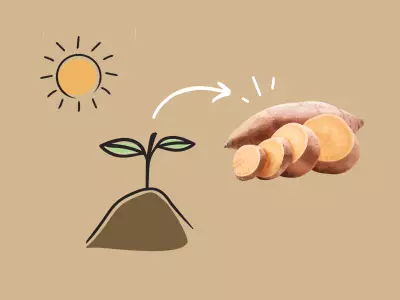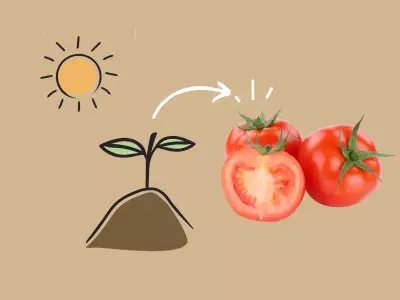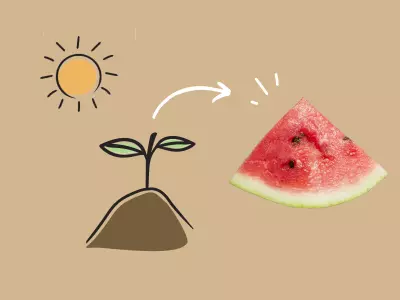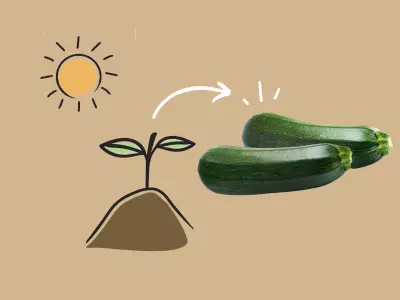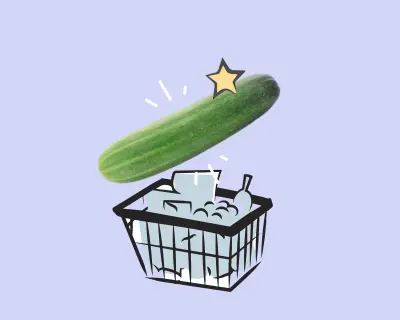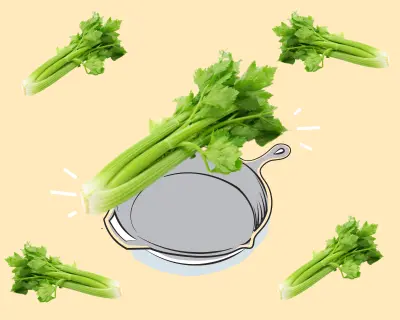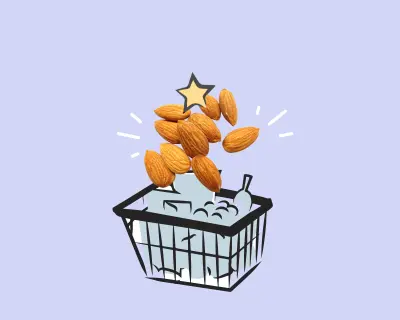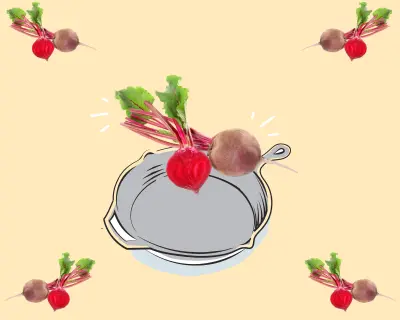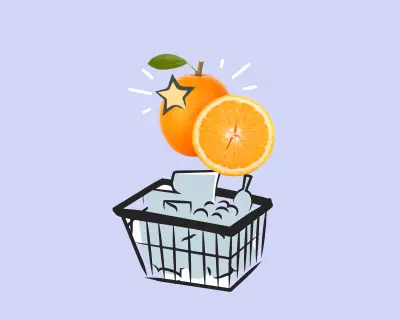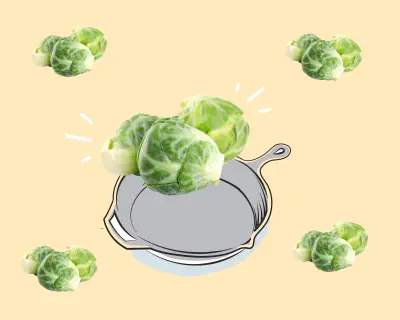Table of Contents[Hide][Show]
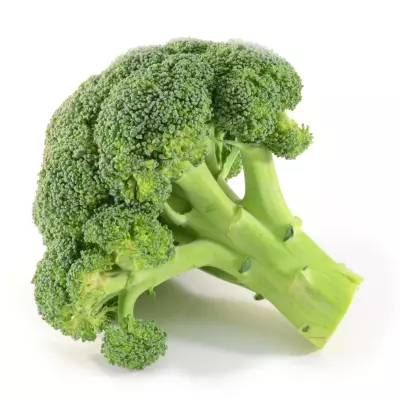
Growing broccoli is a bit like raising teenagers—give it space, keep an eye out for pests, and harvest it before it bolts!
Types of Broccoli
The most familiar variety of broccoli in the US, commonly found at the grocery store, is Calabrese broccoli, often referred to simply as broccoli. But there are many other varieties of broccoli ranging in color, shape and texture.
For example, Beneforté is a cross between broccoli and a wild Brassica species, and it contains 2–3 times more glucoraphanin than standard broccoli—a naturally occurring compound that the body converts into sulforaphane, a powerful antioxidant linked to numerous health benefits. Purple-sprouting broccoli is a cold-hardy heirloom that produces multiple small, purplish florets on each plant rather than one large main head—perfect for a fall crop.
But wait, there’s more! Different vegetables within Brassica oleracea readily hybridize leading to new species. For example, broccolini is a cross-breed of broccoli and Chinese broccoli. It is similar to broccoli but with smaller florets and longer, thin stalks and is also high in vitamin C, vitamin A and fiber. Broccoflower is a cross between broccoli and cauliflower. There are two types, one looks like cauliflower but is green in color while the other, known as Romanesco broccoli, is chartreuse in color and the head forms fractal patterns. Try serving this up at your next dinner for some “wow” factor!
Exploring different types of broccoli plants is a great way to diversify your veggies and the different colors and texture may even tempt picky eaters to give them another try!
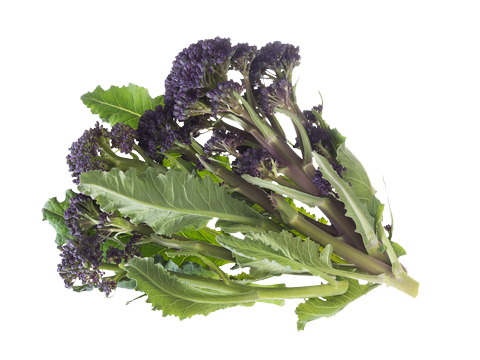 | 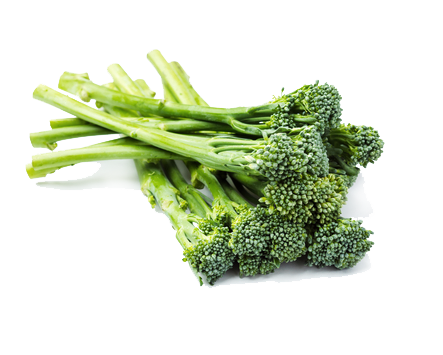 | 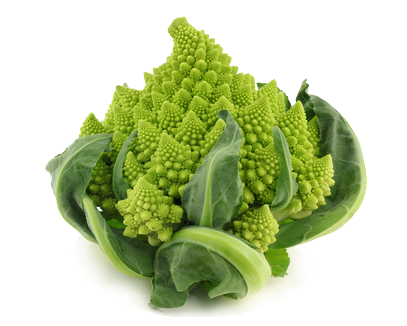 |
Getting Started
Broccoli is a cool-season crop that should be planted in early spring or mid to late summer for best results. It takes time to mature—up to 3 months—so choose your planting date accordingly to match this long growing season. If you’re planting from broccoli seeds, start them indoors 4–6 weeks before your last frost date, and harden off the seedlings before transplanting.
Broccoli prefers growing conditions with daytime temperatures in the 60s (15–20 °C) and can tolerate light frost and even brief dips into the 20s (–6 to –2 °C). Be sure to avoid hot weather, which can cause bolting (premature flowering) and bitterness in the final crop.
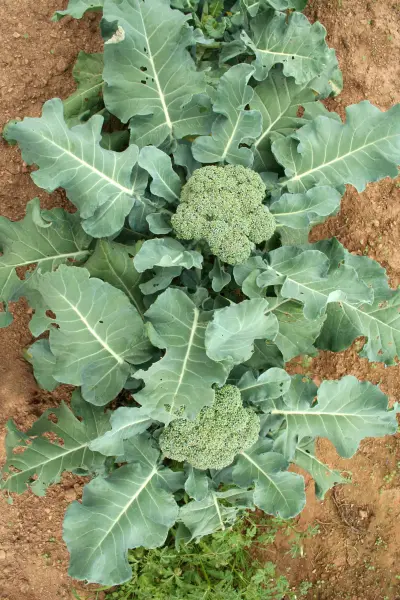
Where Best to Plant
Broccoli needs full sun (at least 4-5 hours daily), good air circulation, and fertile soil rich in organic matter. The ideal soil pH is between 6.0 and 7.0. A soil test can help ensure optimal nutrients for your vegetable garden.
Use raised beds or garden beds with plenty of soil moisture and good drainage. Broccoli plants get large so be sure to provide plenty of growing room. Space plants about 18 inches apart, allowing 12–16 square feet per plant to give them room to grow large green heads. If starting from broccoli seedlings, transplant them once they have three or four true leaves.
Broccoli is one of many plants that emit allelolchemicals which may negatively affect other plants and future plantings. Specifically, broccoli residue has been shown to interfere with growth of other cole crops like brussels sprouts, collards, or cabbage that follow, so space out the rotations and avoid planting other Brassicas in the same spot the following year to prevent growth inhibition. Broccoli benefits from companion plants like onions, chard, cucumbers and beets.
Don’t have a large home garden or have limited garden space? No problem! Broccoli can be grown in containers on patios or balconies. Use a large 5-gallon bucket with drainage holes and fill with a rich, well-draining potting mix.
Pests & Diseases
Broccoli is a magnet for pests. Aphids, cabbage loopers, cabbage worms, and other caterpillars can cause major damage. Use floating row covers early in the season and inspect regularly.
Fungal diseases like downy mildew and clubroot can also be common problems, especially in overly damp or poorly rotated soils. To minimize issues, ensure good air circulation and use disease-resistant varieties when available.
Harvest Time
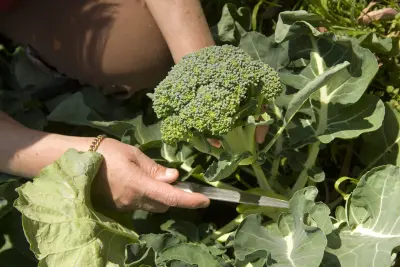
You’ll know it’s time to harvest broccoli when the main head is firm, tight, and deep green. If you notice yellow flowers, harvest immediately—this means the broccoli is bolting and past its prime.
To harvest use a sharp knife to cut the stem an inch or two below the head of broccoli. After the first harvest, most broccoli plants will begin producing side shoots—small heads that are also good to harvest. These side shoots are tender and tasty—harvest them regularly to keep the plant producing.
Broccoli Sprouts
Don’t forget about broccoli sprouts! These tender greens are harvested just days after broccoli seeds begin to germinate and contain concentrated levels of beneficial compounds like glucoraphanin. Broccoli sprouts are available to purchase but can easily be grown at home from seeds.
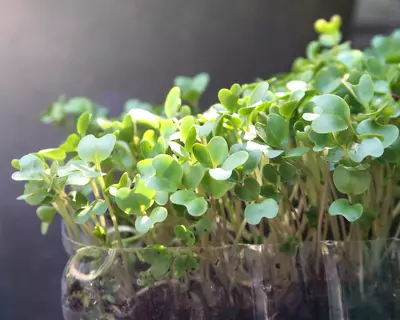
To do this:
- Soak the seeds in filtered water in a slightly warm, dark place for 8-12 hours so they can begin to sprout. This can be done in a wide mouth mason jar with a sprouting lid.
- After soaking, drain off the water and rinse with fresh water.
- Rest the mason jar upside down at an angle so that any remaining water can drain. Keep the jar in a mostly dark place during this time.
- Rinse the sprouts 2-3 times a day and place back upside-down after each rinse so they can drain.
- After a few days, the seeds should start to break open and grow. Keep rinsing and keep the seeds in a darkish place until they have sprouts about an inch long (they will be yellow in color). At this point, they can tolerate some indirect sunlight or low light exposure.
- Once you see some dark green leaves, usually 3-4 days after the seed starts to sprout, the seeds can be eaten.
- To store the sprouts, allow any remaining moisture to drain off, transfer to an airtight container and place in the refrigerator for up to a few weeks, though best to eat sooner rather than later.
Sprouts are best eaten raw to preserve their health benefits and can be added to recipes likes salads for extra crunch.
Grow Your Own Garden
If you’re looking for help on how to grow other foods check out these posts!



